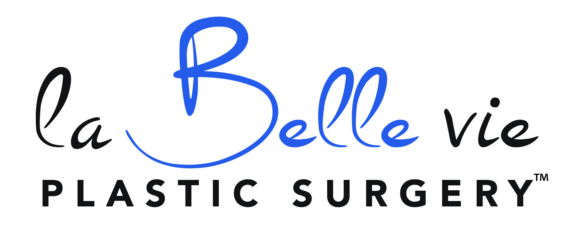Struggling with stubborn acne scars, sun damage, or fine lines that refuse to fade no matter what you try? You’re not alone. Skin imperfections can take a toll on your confidence and comfort in your own skin. From rough textures and uneven tones to deeper wrinkles, our laser resurfacing treatments are designed to transform your…
What is breast implant-associated anaplastic large cell lymphoma (BIA-ALCL)?
BIA-ALCL is a very rare form of cancer. It can grow in the skin, lymph nodes, or scar tissue around an implant. Most people with implant-associated BIA-ALCL are successfully treated and cured.
How common is BIA-ALCL? Studies show that the number of people who develop BIA-ALCL is very low (between 1 in 1,000 and 1 in 40,000 people with breast implants). Since 1997, less than 500 reports have been submitted to the US Federal Drug Administration. We do not know the exact number of people diagnosed with this disease because some cases were entered more than once and not all of them have been confirmed as BIA-ALCL.
What type of implant causes BIA-ALCL? BIA-ALCL has been reported with all types of implants, including silicone and saline filled implants. However, the disease is more common in implants with a textured surface as compared with implants with a smooth surface.
What type of implant do you have? Your plastic surgeon can tell you what kind of implant you have. You can call your surgeon’s office directly or call the Plastic and Reconstructive Surgical Service’s consult line at 212-639- 5220 and one of their staff members will be happy to help you.
What are the signs of BIA-ALCL? The most common sign of BIA-ALCL is a fluid around the implant. This usually happens years after the implant was originally placed. The breast may also become lumpy or misshapen with tightening or development of scar tissue around the implant. Less commonly, BIA-ALCL can cause tumors (“bumps”) in the breast skin or enlarged lymph nodes in the armpit. It is important to note that these signs do not necessarily mean a person has BIA-ALCL; they can also be from the implant leaking or other causes of swelling. If you have any of these signs, it’s important to see a healthcare provider to have it checked.
How is BIA-ALCL diagnosed? Your surgeon can order an MRI, PET scan, or ultrasound to evaluate the scar tissue and fluid around the implant. Your surgeon may also take a sample of the fluid or scar tissue around the implant to test whether it is BIA-ALCL.
How is BIA-ALCL treated? The treatment for BIA-ALCL is usually surgery to remove the scar tissue around the implant. This treatment is the only treatment needed in many patients. Some people also need chemotherapy or radiation therapy, but that is less common.
Where can I find more information about implant-associated BIA-ALCL? You can find more information about BIA-ALCL on the Federal Drug Administration website.
(https://www.fda.gov/MedicalDevices/ProductsandMedicalProcedures/ImplantsandProsthetics/BreastImplants/ucm2 39995.htm) or the American Society of Plastic Surgeons website (https://www.plasticsurgery.org/patient- safety/information-on-bia-BIA-ALCL).



